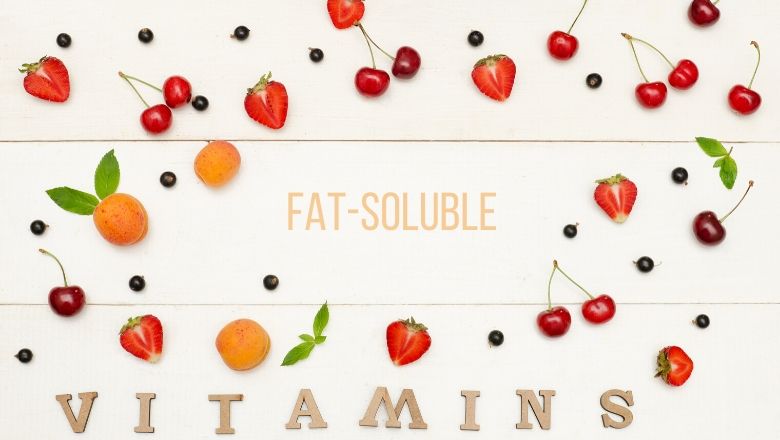Vitamin A (Retinol)
-Antioxidant
-Prevents night blindness (nyctalopia)
-Helps with repair and maintenance of epithelial tissues
-Helps bone and teeth formation
Beware: antibiotics, laxatives and some cholesterol lowering drugs interfere w/absorption
Sources: Dark green leafy veges (kale, chard, cauliflower, broccoli, arugula, radicchio, spinach, asparagus), orange and yellow skinned fruit and veges (carotenoid); red meat (retinol)
Dosage: 700 mcg for females, 900 mcg for males
* MOST TOXIC VITAMIN- rarely supplemented*
Vitamin D (1,25 dihydroxycholecalciferol)
-Antioxidant
– Necessary for proper immune system function
-Prohormone (made by body)
-Required for absorption of calcium and phosphorus in intestines
-Necessary for proper bone growth
Sources: Fish oils, esp. cod liver oil
RDA: 400-1000 IU (kids); 600-2500 IU (adults); 800-4000 IU (>70y.o.)
Vitamin K
-Antioxidant
-Needed for clotting (prothrombin production)
-Essential for bone formation and repair (works with osteocalcin to harden bone)
-Aids in converting glucose to glycogen for storage in liver
-Reduces symptoms of morning sickness (just 25 IUs)
Beware: interferes with prescription blood thinners
Sources: dark green leafy veges, black strap molasses
Vitamin E
-Antioxidant and anti-aging
-Promotes healthy skin and hair
-Protects red blood cell (RBC) membranes
-Helps prevent anemia
-Improves athletic performance
-Reduces blood pressure
Beware: diabetics, high blood pressure and those on anticoagulants
Sources: nuts, cold pressed vegetable oils, poultry, meats
RDA: 400 IU (not commonly supplemented)
Coenzyme Q10 (Ubiquinone)
-Antioxidant and anti-aging
-Critical role in energy production
-Aids in circulation
-Counters histamine
Sources: kelp, spinach, a bit in some nuts: brazil, hazel, walnuts, pecans
RDA: 30-90 mg/day (best when taken with fats/oils to increase absorption; vitamin E also aids in absorption)

